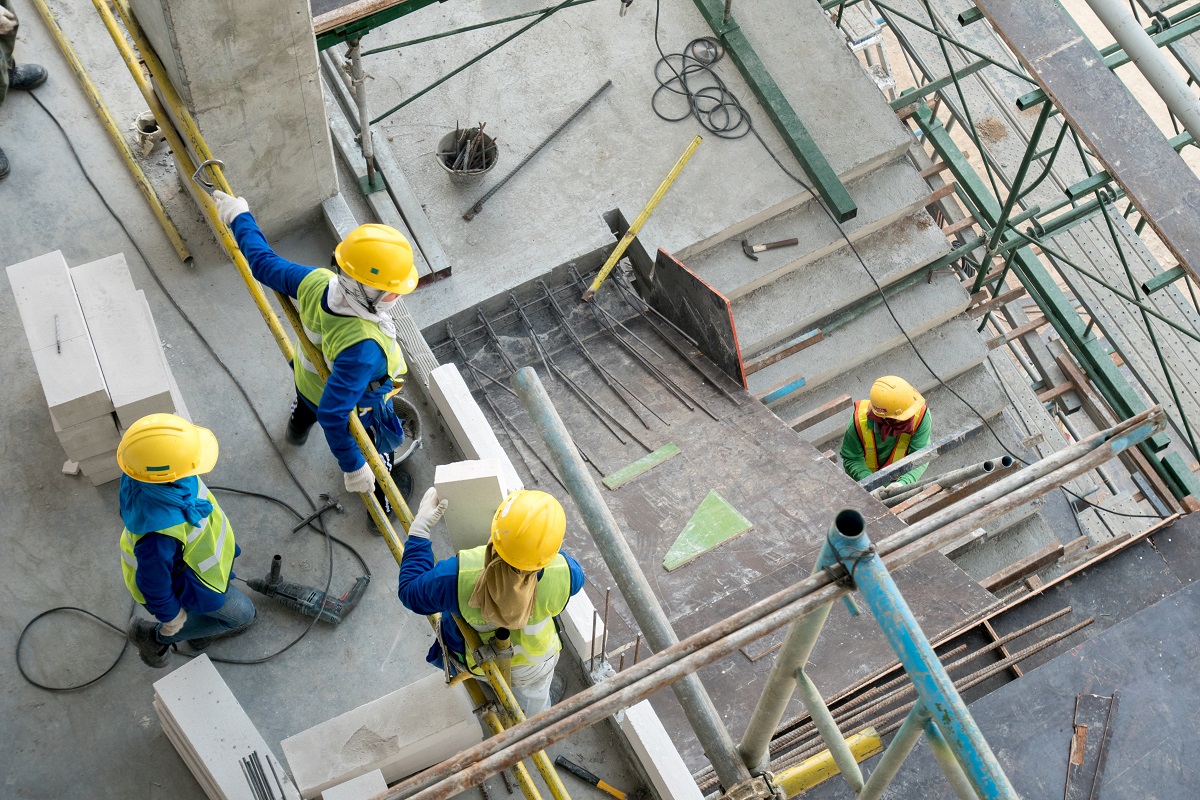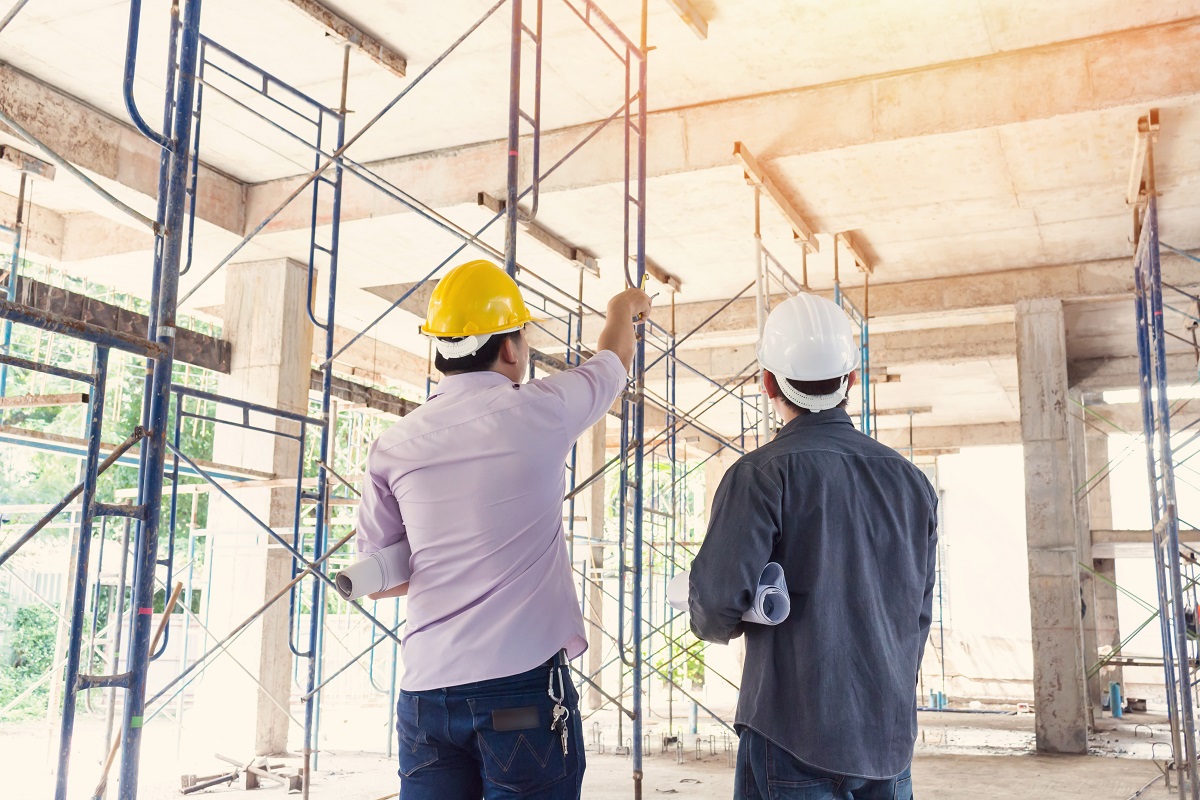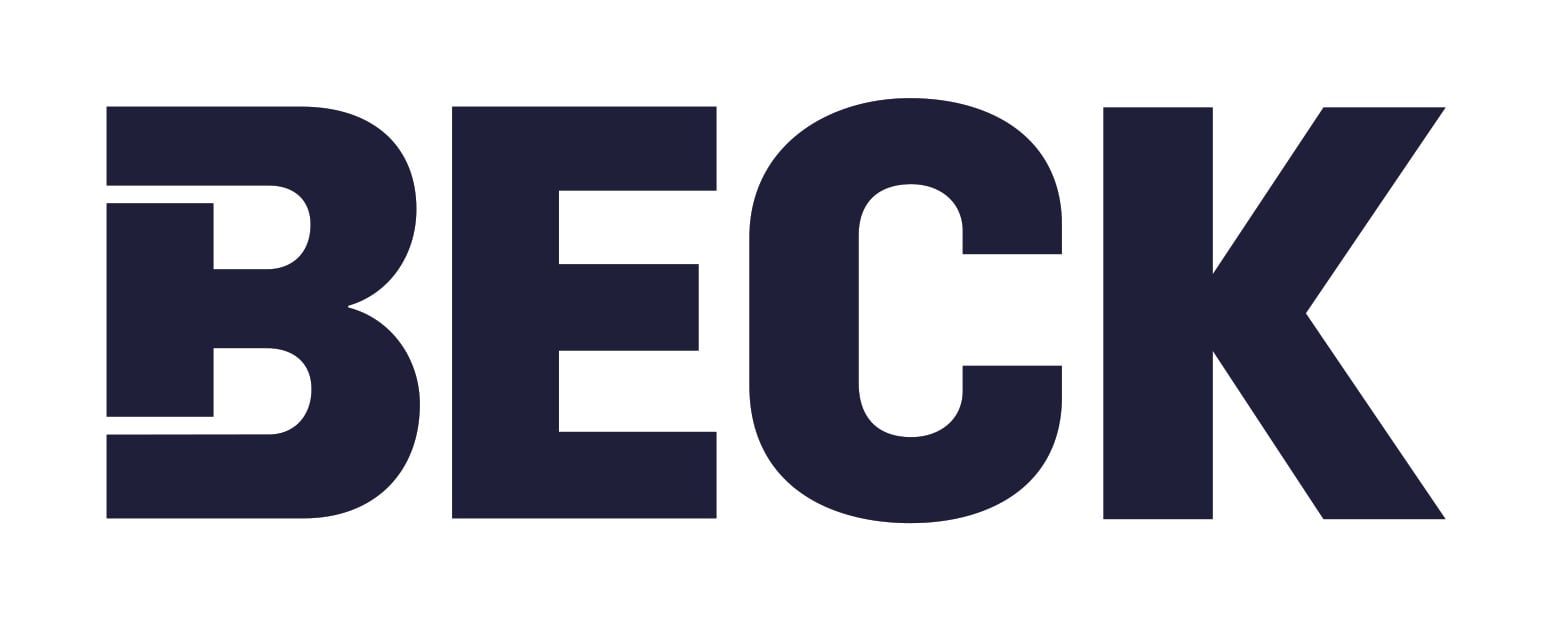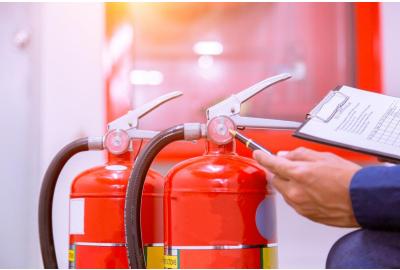
When undergoing a construction project, safety is paramount, especially when it comes to fire safety. There are all sorts of hazards lurking around each corner of a construction site which is why the Joint Fire Code was introduced. The Joint Fire Code is the central component of construction fire safety but what is it exactly? In this guide, we answer frequently asked questions and explain the basics of the code; what it is, what it covers, and how it applies to temporary protection materials such as door covers.
What is the Joint Fire Code?
The full name of the Joint Fire Code is ‘The Joint Code of Practice on the protection from Fire on Construction Sites and Buildings Undergoing Renovation’. It was first introduced in 1992 and its objective is fire prevention on construction sites, which it achieves with a formalised code of conduct. The code applies to all stages of construction, including the design phase.
You can read the full Joint Fire Code 9th Edition PDF here.
History of the Joint Fire Code
The Joint Fire Code came into place because fires on construction sites were particularly common, causing insurers in the 80s to question whether it was even viable to insure construction sites at all. As a result, the Joint Fire Code was published in 1992, supported by insurers, designers, contractors, and the Chief Fire Officers Association.
The Designing Buildings resource says that upon its publication, “The Joint Fire Code was widely welcomed and supported across the industry, both by designers, contractors and insurers. It is supported by the Association of British Insurers, the Chief Fire Officer Association and the Contractor's Legal Group, and is endorsed by institutions such as the RIBA, ICE, and HBF. There is now also close liaison with the Health and Safety Executive to ensure the code is aligned with HSG 168 Fire Safety in Construction Work.”
Ever since its first publication, it has had a number of editions with new updates since, the code has helped reduce fire incidents on construction sites significantly.
What does the Joint Fire Code cover?
The Joint Fire Code generally applies to contracts worth more than £2.5 million but it can also apply to lower-cost contracts if they are a high risk or form part of a larger construction project. The code covers all stages of a project: design, procurement, and construction, offering a series of precautions and safe working practices, as well as a checklist.
What the Joint Fire Code means for your project

Who has to comply with the Joint Fire Code?
The Joint Fire Code applies to construction sites, which includes jobs such as renovation works, demolition, refurbishment, repair work, alterations, fittings, and civil engineer works. The code also applies to the entire supply chain and all parties involved with it, including designers and contractors.
What happens if you fail to comply with the Joint Fire Code?
If you fail to comply with the Joint Fire Code, apart from risking the health and safety of all on the site, your insurance can be revoked and a breach of your construction contract. The code itself explains: “If compliance with this Code forms part of the insurance contract, non-compliance with this Code could possibly result in insurance ceasing to be available or being withdrawn, resulting in a possible breach of a construction contract which requires the provision of such insurance.”
What are the benefits of the Joint Fire Code?
Aside from making sure that the construction site is a safe place to work by minimising risk to all who work on it, there are also insurance benefits of complying with the Joint Fire Code. Renovation Insurance Brokers shares that “for certain construction contracts, it may be stated as a requirement of your specific insurance policy that the Joint Fire Code is complied with. The good news is that your compliance with this Fire Code may see you secure a reduction in your insurance premiums.”
How does it apply to the design stage?
The Joint Fire Code applies to the design stage as issues may arise which can impact fire safety once construction starts and that could have been avoided during this earlier stage. During the design phase, all parties involved in the project “should co-operate with the designer to identify and eliminate hazards and reduce likely risks from hazards where elimination is not reasonably practicable. In particular, the design should be assessed to ensure that fire risk and potential for damage have been fully considered to keep to a minimum during construction and use.” – Joint Fire Code, Section 5.

How does it apply to the construction stage?
Once the construction stage is underway, responsibility for health and safety passes to the principal contractor. The construction phase of the project can not start until a construction plan is in place which must include a fire safety plan within it. A ‘responsible person’ must be put in place for each stage of construction – this person is responsible for the construction phase plan and fire risk assessment. As part of the code, all persons in fire safety roles must receive appropriate training and be competent in their roles.
The fire precautions that must be in place during the construction stage, as led by the designated ‘responsible person’ are extensive and are detailed in the Joint Fire Code itself in Section 6, including:
- All procedures of the fire safety plan understood by all on the construction site
- Hot-working area regulations
- Weekly testing of the fire alarm
- Weekly inspections of escape routes
- Local fire and rescue services invited for inspections
- Appointment of fire marshals
- Security measures to decrease the risk of arson
How does the Joint Fire Code apply to temporary protection materials?
During construction, refurbishment, and restoration projects, it is right and proper to cover surfaces, fittings, and items, with temporary protection materials. These temporary cover solutions also fall under the Joint Fire Code, with Section 10 dedicated to its application in this area. The Joint Fire Code states in Section 10.1:
“Finished surfaces, fittings or expensive items of plant and machinery incorporated into a building should be temporarily protected during construction or refurbishment. When selecting temporary protective covering material, regard must always be paid to the relative fire load and the potential for fire growth and spread.”
Full details are available in the fire code itself and you can also read Proguard’s flame retardant certification.
Temporary protection solutions
Here at Proguard, we are experts in temporary protection materials and solutions. Whatever you need for your next construction job and to stay in line with the Joint Fire Code, we are here to help. So please feel free to browse our site or get in touch with any queries.
For more tips, guides, and advice, make sure to visit our news page.

